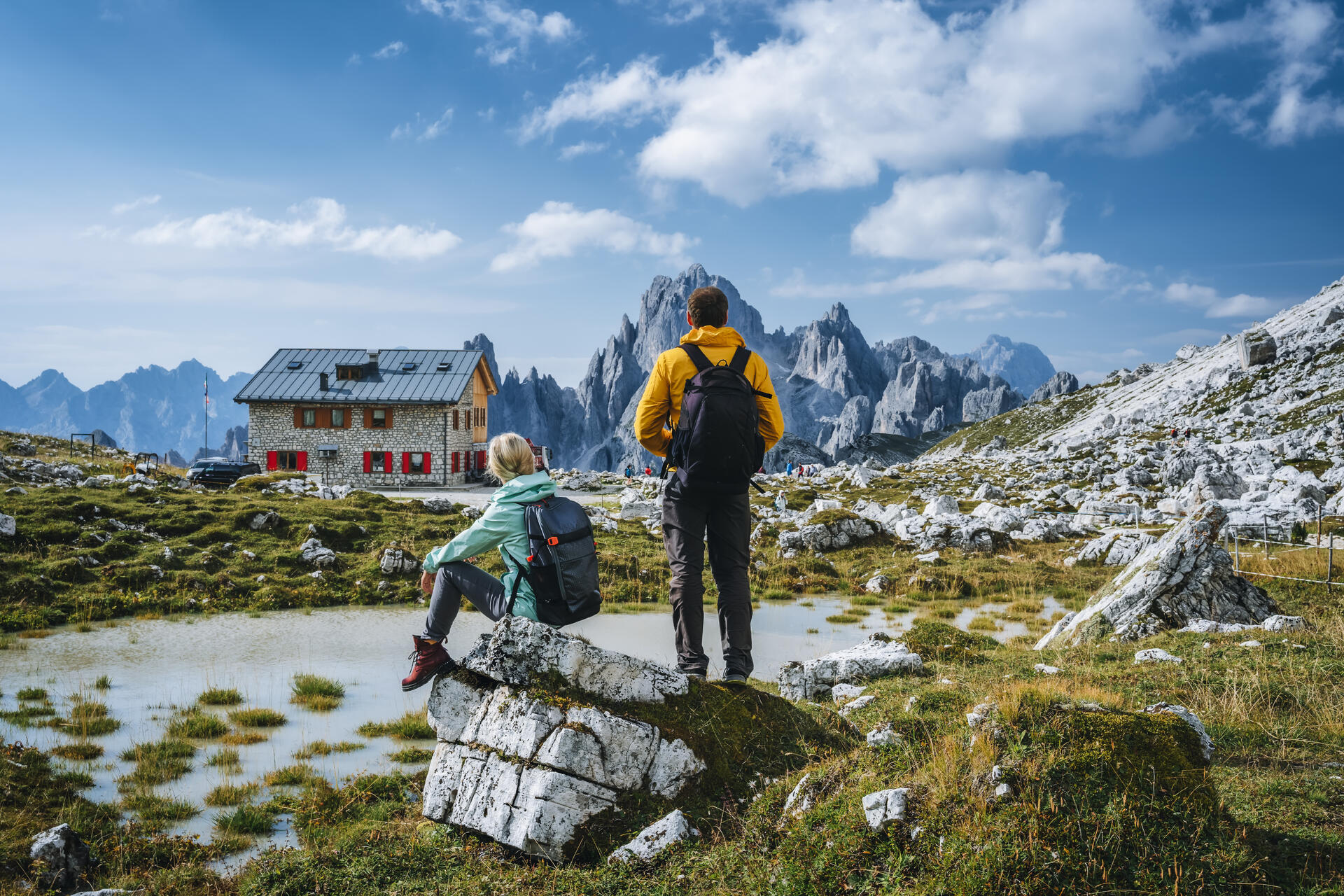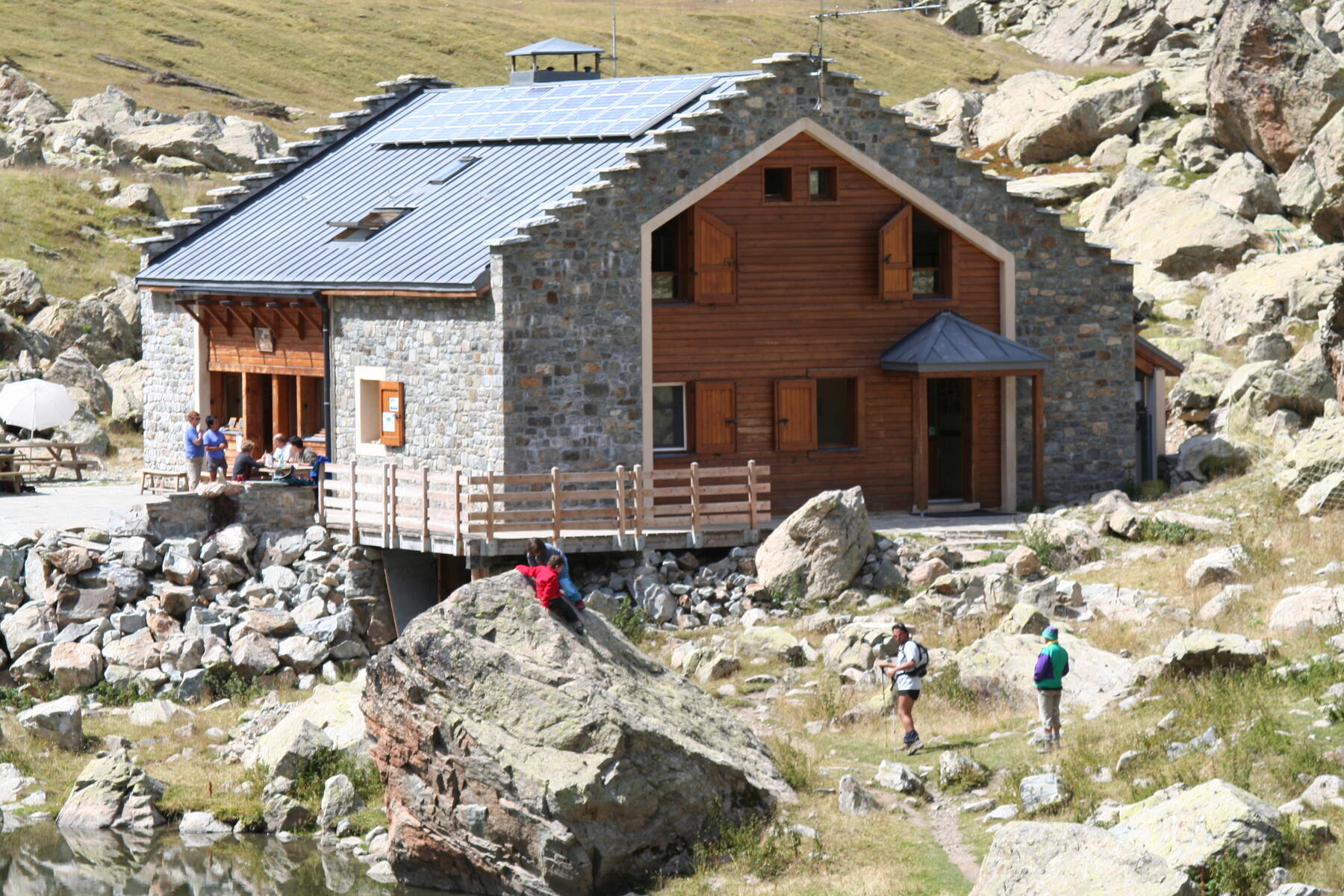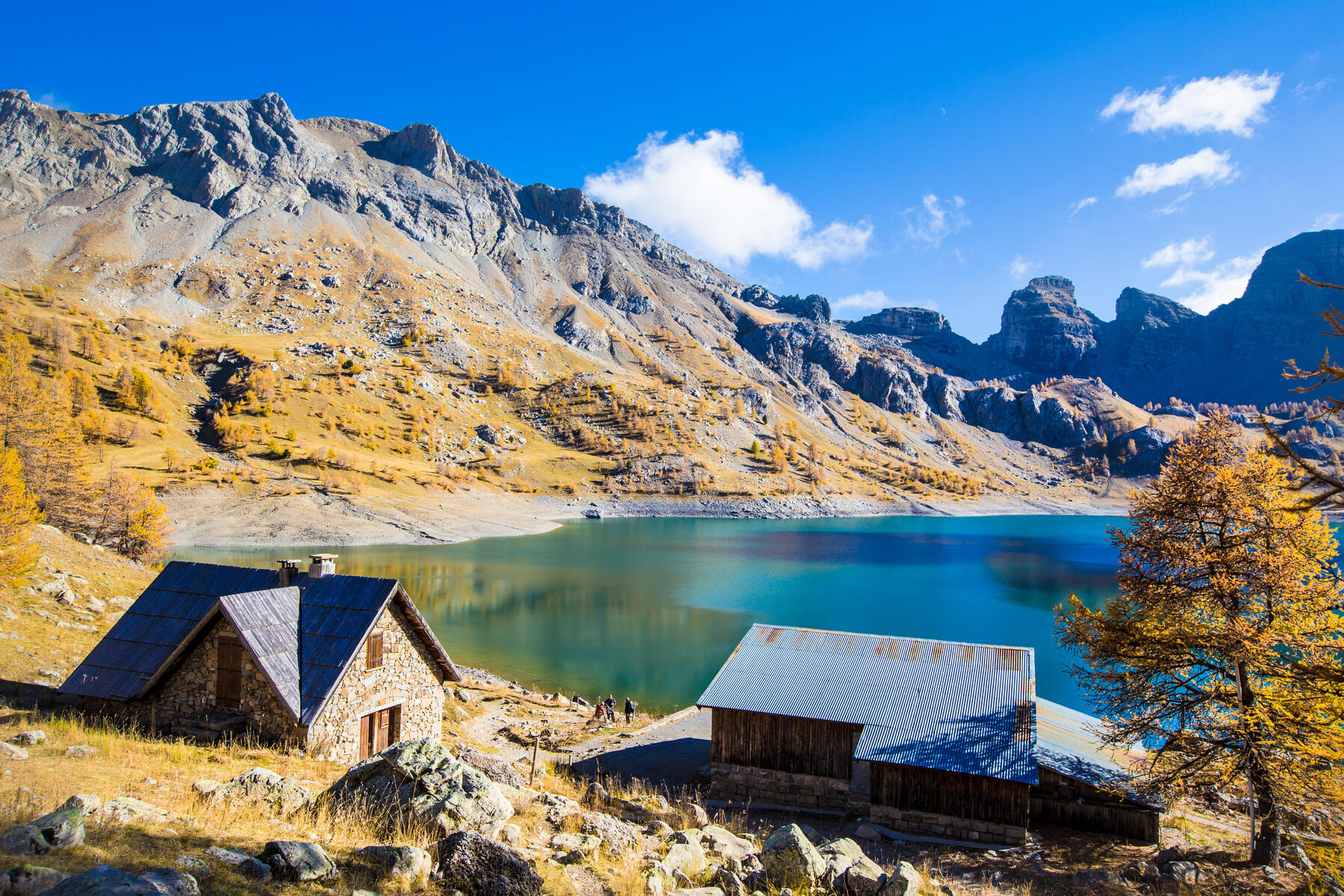Why stay at a mountain hut on a hike?
A mountain hut can be a stop-off point while passing through, used by hikers or mountaineers aiming for summits, or those enjoying a day-long hike. They offer the opportunity to enjoy a break on the terrace to savour a good omelette or refreshing drink, overlooking the scenery. But often we seek out the experience of spending a night in the mountains, with family or friends. Overnighting at a mountain hut is an unforgettable way to immerse yourself in the mountains, while also enjoying a certain level of comfort.








